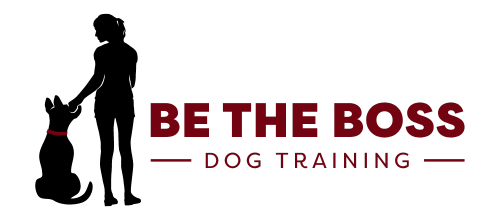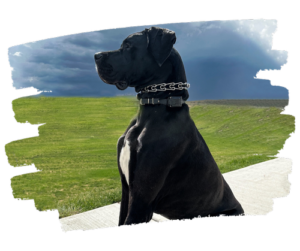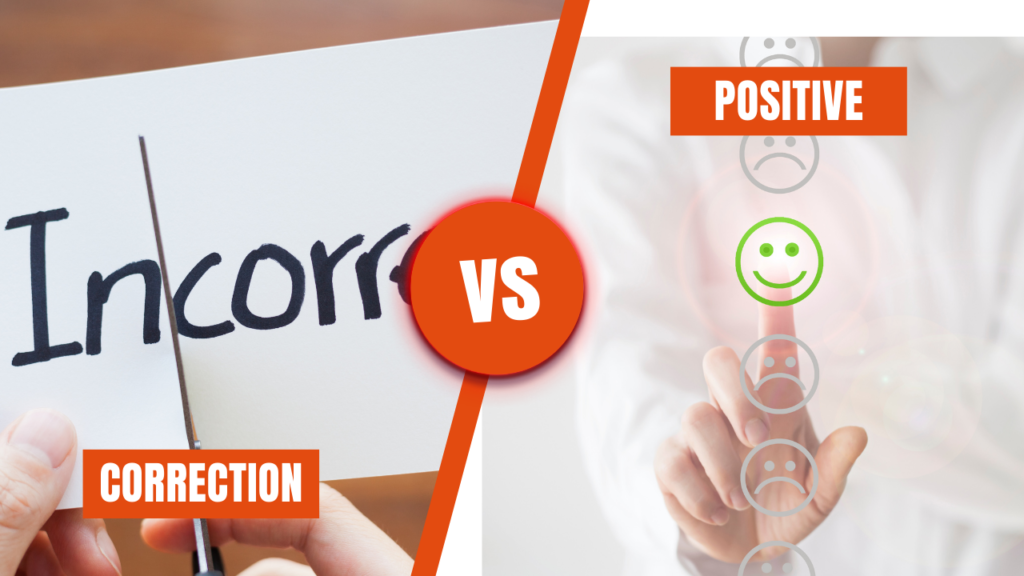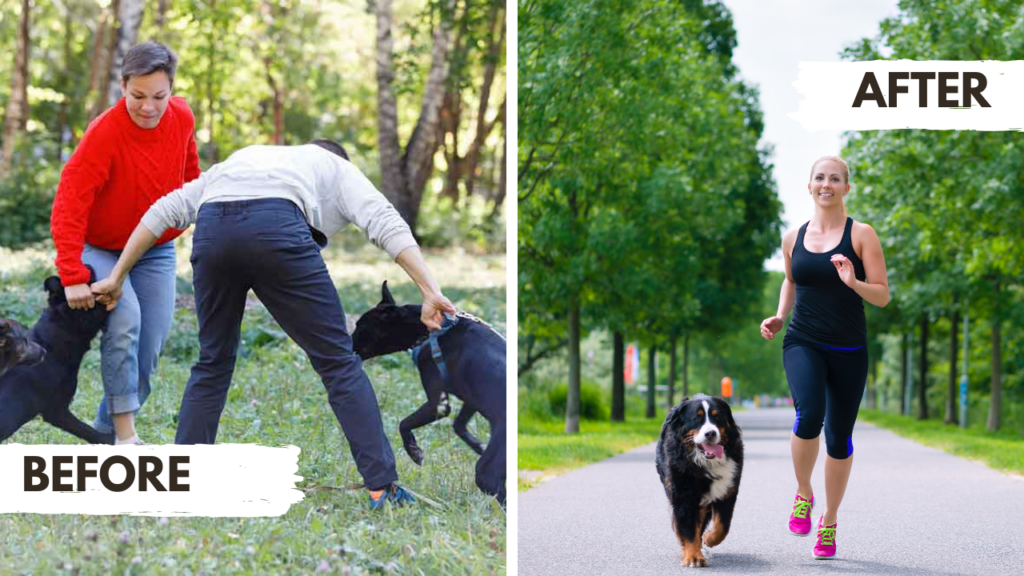Hey there, fellow dog lovers! 🐾
Embarking on the rewarding challenge of dog training, feels like navigating a delightful maze. We’re on the hunt for the best techniques and tools to achieve that happy, well-behaved pup goal. The great news? We’ve got a treasure trove of dog training tools by our side. And one that often sparks chatter? The prong collar.
Through the dog training lens, this collar can seem a touch unconventional. Some of our furry buddies might wag approvingly, while others remain hesitant. And us, the dedicated dog parents? We’re left pondering: is this a tool that fosters genuine respect or does it instill fear?
The world of dog training equipment is vast and varied. There’s a fit for every pup and their unique needs. Yet, the prong collar stands out, often dubbed the bestseller of the lot. While many champions its effectiveness and transformative capabilities, others remain cautious, questioning its approach.
Ready for a deep dive? Whether you’re a seasoned dog trainer or just dipping your toes into the dog training world, understanding the prong collar is a worthy endeavor. Together, we’ll explore its nuances and decide if it’s the right match for our canine companions. So, strap in, fellow pet aficionados; let’s uncover some truths! 🕵️♂️🐶
🐕 What is a prong collar? 🔗
At your first glance, especially if you’re new to dog obedience tools, you might be forgiven for thinking this collar should come accompanied by a user manual in an extraterrestrial script. It certainly seems like the kind of avant-garde accessory you’d expect in a galaxy far away. However, right here on our beloved Earth, the prong collar has confidently marked its territory as a premium item in the professional dog training toolkit. Its design might evoke whimsical memories of valiant knights and fierce dragons, but its function is solidly rooted in the present.
The prong collar represents the pinnacle of contemporary design and canine-centric innovation, emphasizing positive reinforcement training. Going beyond its space-age appeal, this collar is engineered with features that prioritize our pets’ comfort and safety. Those prongs, at first glance possibly perceived as aggressive, are actually carefully stunted and beveled. They’re designed to ensure they don’t jab or injure our pets. Far from being instruments of harm, they act as gentle reminders, providing consistent signals to guide and train. They stand as a compassionate choice in the ever-expanding universe of dog behavior training tools.
In its essence, while the prong collar might be mistaken for a fantasy film prop, it’s firmly anchored in a comprehensive understanding of canine behavior and physiology. It’s the epitome of a tool crafted with a dog’s well-being at its heart. Visualize the prong collar as a buddy’s soft touch when you’re daydreaming. When fitted properly around a dog, it delivers a tender, barely-there pinch, reminiscent of the playful nuzzles we get from our four-legged companions, essentially saying, “Hey, focus here!” It facilitates an understated yet impactful line of communication, devoid of any distress. If you’re uncertain about how to use it, or need guidance tailored to your dog’s unique needs, don’t hesitate to contact a professional dog trainer for some expert help.
💡 How does it work? 🔄
- Breath Easy: We all know that suffocating feeling of a snug scarf or tie that’s just a bit too tight, right? The prong collar is like the complete opposite for our canine pals. Designed with a dog’s comfort and canine respiratory health in mind, it ensures they can bark out their favorite tunes, enjoy their panting after a playful run, and most importantly, breathe without any obstructions. That’s right; you won’t find your furry friend gasping or struggling.
- Uniform Touch: Envision those prongs as the gentle fingers of a caring masseuse. Every single one has been crafted with precision to apply a uniform, soft pressure. In the complex world of dog behavior and communication, these prongs ensure that when the collar comes into action, no part of it exerts undue stress, keeping things harmonious and even. So, rather than an abrupt poke, our four-legged companions experience a balanced hug around their neck – a symphony of touch, if you will!
- Putting Paws First: The prong collar isn’t just another item in the dog training toolkit; it’s a testament to prioritizing our pet’s well-being. The design, with its meticulously rounded prongs and strategic spacing, ensures zero risks of harming our pets. Think of it as a compass in the realm of training tools, guiding without causing any pain or distress.In today’s vibrant market brimming with advanced dog training gear, from tech-savvy leashes to ergonomic harnesses, the prong collar stands out, shimmering with a unique appeal. Beyond its aesthetics and functionality, it’s the compassion and understanding behind its design that truly sets it apart.
So….Are We Mistaking a Dog’s Fear for Respect, When Using Tools Like Prong Collars?
The age-old debate regarding dog training tools, especially those like the prong collar, often centers around the emotions and behaviors they elicit in our canine companions. It’s a crucial question every responsible pet owner grapples with: Are we interpreting their responses accurately? And, more importantly, are we promoting fear or respect?
Understanding the Fine Line
At the heart of this debate is a fundamental distinction between fear and respect. Just as with human interactions, there exists a fine line between the two in the world of dog behavior. Understanding this nuanced difference is pivotal to ensuring we foster healthy, positive relationships with our furry companions.
In our everyday human interactions, respect is often associated with admiration, trust, and understanding someone’s boundaries. For instance, a student might respect a teacher for their knowledge, approachability, and fairness. This respect doesn’t stem from fear but from recognition of the teacher’s authority, skills, and kindness. Similarly, in the canine realm, dogs can respect a particular boundary or command because they understand it and associate it with positive outcomes, not because they’re scared of what might happen otherwise.
On the other hand, fear, whether in humans or dogs, is a primal emotion often stemming from a perceived threat or negative experience. It triggers a “fight or flight” response. When a dog acts out of fear, it’s usually to avoid something they perceive as harmful. For instance, a dog might fear a loud noise and hide because it’s learned that the sound is associated with something unpleasant, like thunderstorms.
In training and using tools like prong collars, it’s essential to be keenly aware of these distinctions. A dog that follows a command out of respect does so with a calm demeanor, knowing that complying leads to positive reinforcement like treats or praise. Conversely, a dog acting out of fear might obey, but with signs of stress or anxiety, such as lowered ears, tucked tail, or nervous panting.
To truly foster a bond built on mutual respect and trust, trainers and dog owners must always strive to ensure their methods promote understanding and positive reinforcement rather than instilling fear. By being attuned to our dogs’ cues and responses, we can navigate this delicate balance and cultivate a relationship that’s both harmonious and joyful.
Healthy Respect vs. Fear
To clarify, no, we are not necessarily mistaking fear for respect when using prong collars. This perspective can be paralleled with child upbringing. Consider this: just as a child might learn to respect the boundaries set by their parent without any underlying sense of fear, dogs too can cultivate a healthy respect for a training tool without it being a source of intimidation or dread. It’s about comprehension and communication, rather than coercion.
Prong collars, when understood and used aptly, play the role of communicators. They convey a certain desired behavior or boundary, much like how a traffic light signals drivers. They aren’t there to scare or punish, but to guide. When a dog feels a gentle tug from a properly used prong collar, it’s a cue, similar to how a child might understand a parent’s gentle hand on their shoulder as a signal to stop or pay attention.
However, and this is crucial, the effectiveness and appropriateness of any tool—including the prong collar—rest largely on the user’s proficiency and intent. A dog’s perception and understanding of the collar are molded by the handler’s approach. Let’s imagine two scenarios: In one, a handler yanks the collar abruptly without any accompanying command or positive reinforcement. In the other, a handler combines the collar’s gentle tug with voice commands and follows up with praise or treats for compliance. In which scenario do you think the dog will associate the collar with a positive experience?
The magic ingredient here is the combination of patience, consistency, and positivity. When these elements are infused into training sessions, the dog doesn’t perceive tools like the prong collar as instruments of fear. Instead, they become associated with learning, structure, and often, rewards. Just as we remember our favorite school teachers not for their strictness but for their unique blend of discipline and care, dogs too will remember and respond to a training approach that marries guidance with genuine affection.
Recognizing Genuine Fear
For every dog owner, the emotional well-being of their furry friend is top priority. As these delightful creatures seamlessly weave into the fabric of our families, it becomes imperative to understand and address their emotions. One emotion that deserves our utmost attention is fear, as it profoundly impacts a dog’s mental health and overall demeanor.
Genuine fear in dogs exhibits itself through several physical and behavioral indicators. Being aware of these signs allows pet owners to better cater to their dog’s needs. Common signs of distress include:
- Cowering, Tail-Tucking, Excessive Panting, Desire to Flee, Whining or Barking, Dilated Pupils, Avoidance Behavior
Now, it’s essential to understand the root of this fear. Is it a direct result of a specific tool like the prong collar, or is it indicative of a broader issue where the dog struggles to handle everyday stressors? Sometimes, what may seem like a reaction to a tool may be a deeper behavioral concern that needs addressing.
If a dog showcases these signs consistently when a particular training tool or method is introduced, it’s a clarion call for introspection. Perhaps the dog isn’t just in the learning phase but is genuinely troubled by the process.
If ever in doubt, it’s always a wise move to consult a professional dog trainer. Their experience can offer invaluable insights and present alternative training approaches that prioritize your dog’s emotional health. Because, at the end of the day, our shared goal is a joyful, confident, and thriving four-legged family member
🤔 Is the prong collar right for me and my dog? 🐾
Every pair of human and hound is delightfully distinct. Some might even say it’s like matching your favorite pair of shoes to your mood – it’s all about the synergy. For numerous dedicated dog enthusiasts, the prong collar has become their go-to, turning those energetic walks into peaceful meanders under the open sky. Yet, for others, the vibe might not align with their dog training philosophy or their fur baby’s temperament. And that’s perfectly okay! The mantra to remember? In the vast landscape of canine training techniques, there’s no universal solution, no single tool that suits every duo.
If the prong collar piques your interest or any other training accessory for that matter, gathering knowledge is key. Engaging with a certified dog trainer can shed light on tailored strategies specific to your dog’s behavior. Immersing yourself in credible dog training literature or digital platforms broadens your horizon. For a touch of camaraderie and firsthand experiences, diving into lively communities, like Dogs Unleashed Utah County on Facebook, can be enlightening. Tuning into your feelings and instincts, coupled with those expressive woofs and tail motions from your furry friend, offers invaluable guidance. The essence of training? Crafting joyous memories peppered with laughter, positive reinforcement, and a sprinkle of delightful mischief, ensuring both the pet parent and the pupper are radiating happiness.
Wrapping up our insights, prong collars, like many dog behavior tools, harness potential when approached with understanding and care. It’s a medium, not the end message. The core of training thrives on fostering a bond rooted in affection, trust, and mutual respect. Let’s envision every training session as a harmonious duet, resonating with the melodies of contented barks and synchronized moves. Stay inquisitive, remain engaged, and savor every shared moment with your four-legged partner. Cheers to many more adventurous tales in the world of canine coaching, and reach out to us with any questions! 🐾✨🎉





